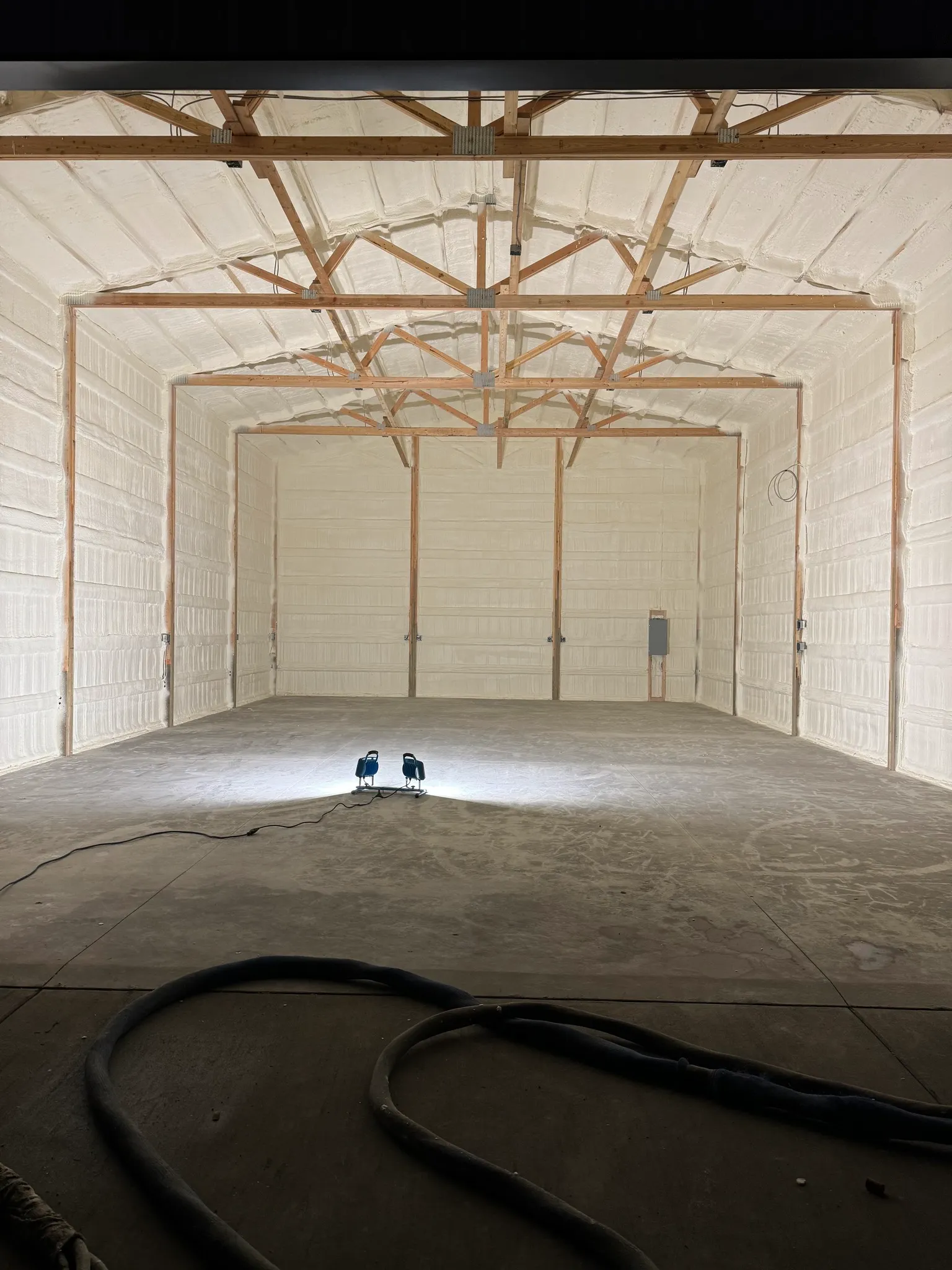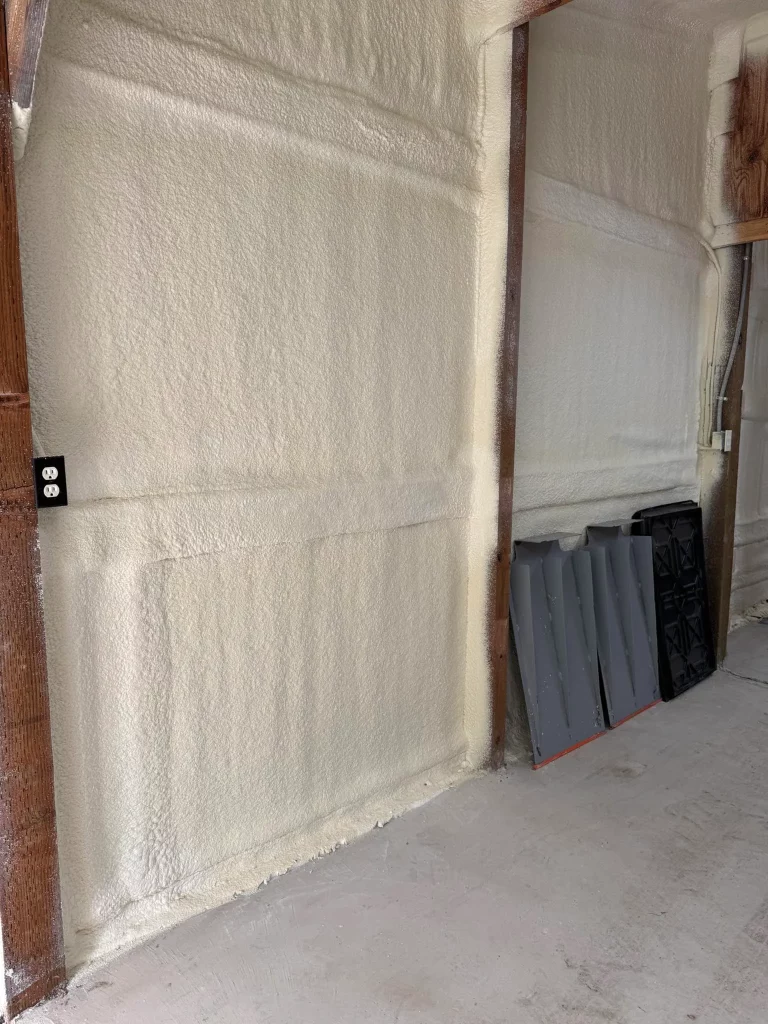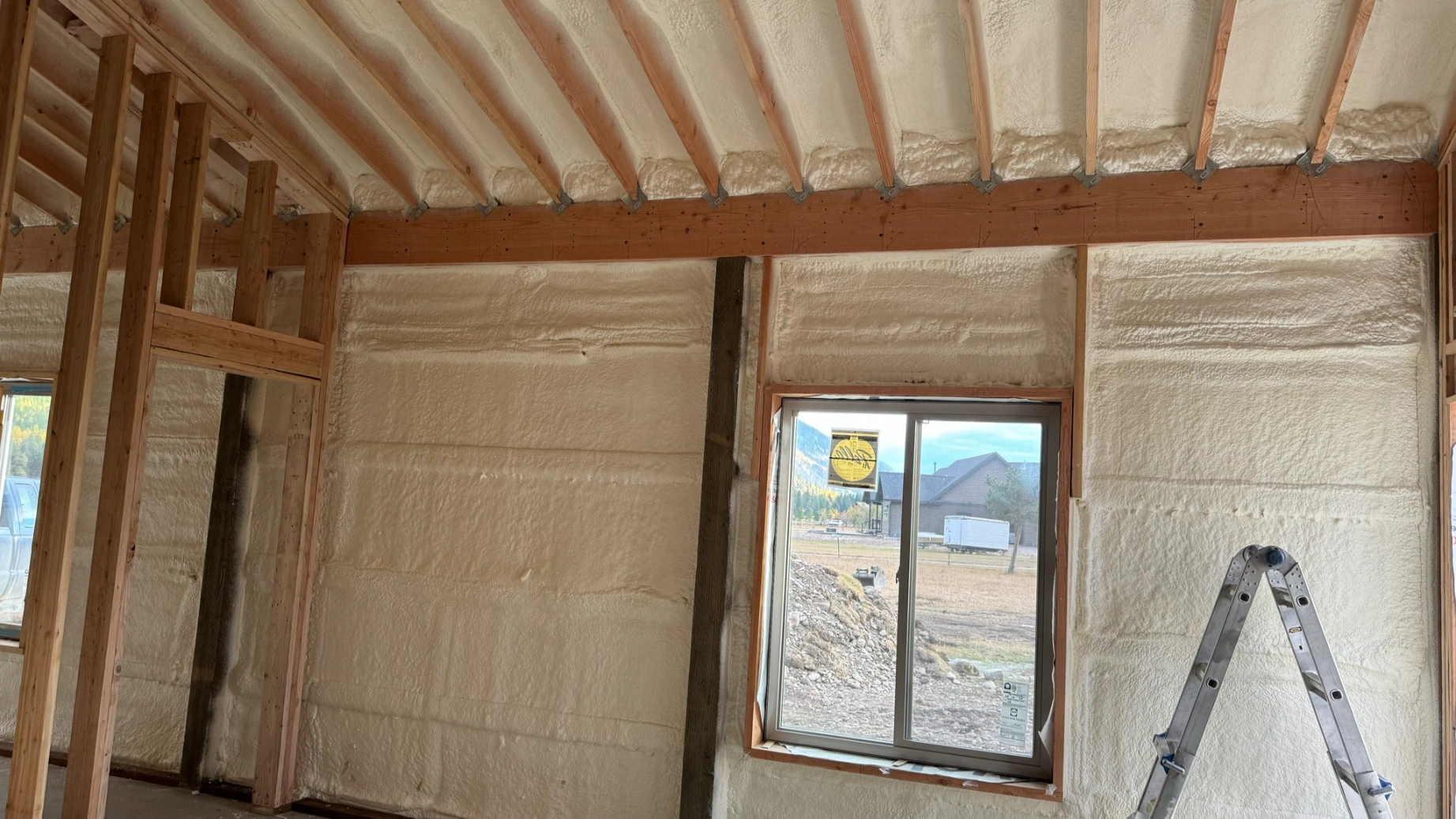

Insulation is a fundamental component for protecting a home’s long-term value. Its primary function is to create a thermal barrier that slows the transfer of heat, which directly translates into lower energy consumption for heating and cooling. This increased energy efficiency is a major selling point for potential buyers. Beyond savings, proper insulation prevents moisture accumulation within walls and attics, stopping the growth of mold and rot that can cause expensive structural damage and significantly devalue a property. A well-insulated home is also quieter and more comfortable, further adding to its overall market appeal.
This article explains how insulation works to preserve and even increase your property’s worth, drawing on extensive field experience installing and evaluating home insulation systems. The following sections will cover the direct financial benefits, the risks of inadequate insulation, and what to consider before an upgrade.
For additional insight into expanded insulation solutions and the benefits for homeowners, please see our official press release.
A home’s value is determined by more than just its location and square footage. Factors like operational costs, structural health, and occupant comfort are increasingly important to buyers. Insulation has a positive effect on all three.
The most immediate financial benefit of proper insulation is a reduction in energy bills. A well-insulated house requires less energy to maintain a comfortable temperature, as it loses less heated air in the winter and gains less heat in the summer. According to the U.S. Environmental Protection Agency, homeowners can save an average of 15% on heating and cooling costs by air sealing their homes and adding insulation in attics, floors, and crawl spaces. This documented savings history is an attractive feature for any prospective homebuyer, directly translating to a higher perceived value.
Moisture is a primary enemy of any wood-framed structure. When warm, moist indoor air comes into contact with cold surfaces inside walls or attic spaces, condensation occurs. This moisture can lead to mold, mildew, and wood rot over time, causing serious structural issues that are expensive to repair. Certain types of insulation, like closed-cell spray foam, act as a vapor barrier, blocking moisture from entering the building assembly. By preventing these issues before they start, insulation acts as a defensive measure, protecting the very structure of the home and preserving its value.
A home with consistent temperatures throughout, free from drafts and cold spots, is simply more pleasant to live in. This level of comfort adds intangible value that buyers can feel during a showing. Additionally, insulation has acoustic properties that dampen the transmission of sound from outside and between rooms. This creates a quieter, more peaceful living environment, which is another desirable quality that contributes to a home’s overall worth.
Choosing the right insulation depends on the climate, the area of the home being insulated, and the budget. Each type offers different performance characteristics and long-term value.
| Material | Average R-Value per Inch | Moisture Resistance | Estimated Lifespan |
|---|---|---|---|
| Fiberglass Batts | 3.1 – 4.3 | Low (can trap moisture) | 15-20 years before compaction |
| Blown-In Cellulose | 3.2 – 3.8 | Moderate (treated) | 20-30 years |
| Open-Cell Spray Foam | 3.5 – 3.8 | Moderate | 80+ years |
| Closed-Cell Spray Foam | 6.0 – 7.0 | High (acts as vapor barrier) | 80+ years |
Bonus Tip: In attics, combining different insulation types can be effective. For instance, using spray foam to air seal the attic floor and then covering it with blown-in insulation can provide a high-performance, cost-effective solution.

Ignoring inadequate insulation doesn’t just mean higher energy bills; it can lead to a cascade of expensive problems that actively decrease your home’s value.
Making a smart investment in insulation requires some planning. Before starting a project, it’s wise to evaluate a few key factors to ensure you get the best results for your money.
Before buying any materials, consider a professional energy audit. An auditor can use tools like blower doors and infrared cameras to pinpoint exactly where your home is losing the most energy. This data allows you to focus your efforts and budget on the areas that will provide the greatest return, preventing you from spending money on unnecessary upgrades.
Building codes often specify minimum R-value requirements for different parts of a home, such as walls, attics, and foundations. These codes are updated periodically to reflect modern energy efficiency standards. Ensuring your project meets or exceeds current local codes is not just good practice; it’s often necessary for permits and can be a documented asset when you sell the home.
While it can be tempting to choose the cheapest insulation option, it’s better to think about the long-term performance. A material like closed-cell spray foam may have a higher initial cost, but its superior R-value, air-sealing capabilities, and moisture resistance can provide greater energy savings and structural protection over the life of the home. Remodeling’s 2023 Cost vs. Value report shows that an attic insulation upgrade can recoup over 100% of its cost at resale, making it one of the best home improvement investments.
Bonus Tip: Ask about the full scope of work. Proper insulation often involves air sealing first. Sealing gaps and cracks in the attic floor, around plumbing penetrations, and near light fixtures is a critical step that must be done before adding new insulation.
Ultimately, viewing insulation as a critical maintenance item rather than an optional upgrade is the right approach. It is an investment that directly contributes to a home’s structural health, reduces ongoing expenses, and improves the quality of life for its occupants. By preventing costly damage and making the home more attractive to future buyers, a well-executed insulation strategy is one of the most effective ways to protect your property’s value for years to come.
To understand the specific insulation needs of your property, a professional evaluation is the best course of action. The team at Wegner Insulation can provide a thorough assessment and explain the most effective solutions for your home. For a detailed consultation, please call (406) 654-4636 or send an email to [email protected] to discuss your project.
R-value measures an insulation material’s resistance to heat flow. The higher the R-value, the better its insulating performance. The total R-value in a wall or ceiling is the sum of the R-values of each component.
The lifespan of insulation depends on the material. Fiberglass can compact and lose effectiveness in as little as 15 to 20 years, while spray foam insulation can last for 80 years or more. Insulation should be inspected for damage from moisture or pests and replaced if it is wet, moldy, or compacted.
Yes, certain high-efficiency insulation upgrades may be eligible for federal energy tax credits. A factsheet from the Internal Revenue Service explains that these credits are available for improvements that meet specific requirements. It’s best to check the current guidelines and consult with a tax professional.
When installed correctly by a qualified professional, spray foam insulation does not damage a roof. In fact, closed-cell spray foam applied to the underside of the roof deck can add structural rigidity and help prevent leaks. Problems typically arise from improper application or using the wrong type of foam for the climate.
By air sealing a home, insulation reduces the amount of pollen, dust, and other outdoor pollutants that can enter through small cracks and gaps. This creates a cleaner indoor environment. It also helps manage indoor humidity levels, which discourages the growth of mold and mildew that can release harmful spores into the air.
While some homeowners install fiberglass batts themselves, achieving professional results that include proper air sealing is difficult. Specialized materials like blown-in insulation and spray foam require specific equipment and safety training, making professional installation the recommended path for performance and safety.


